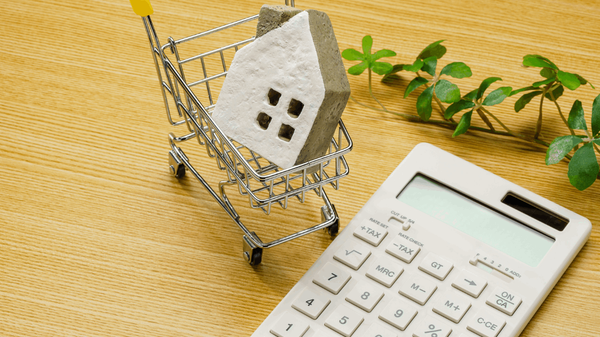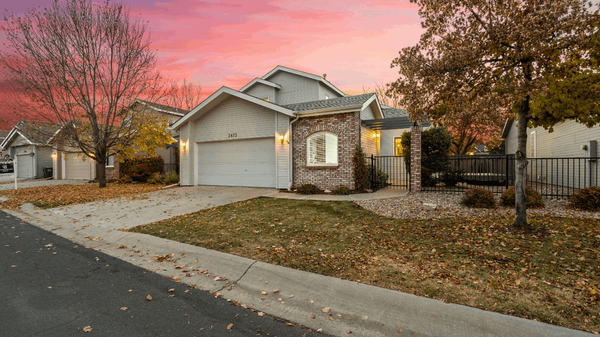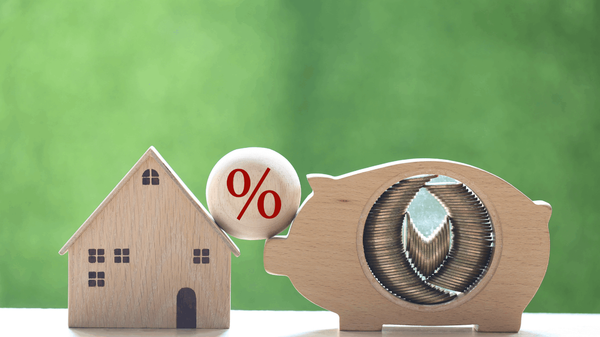Why Slowing Home Price Growth Is Actually Good News
If you’ve been following the housing market over the past few years, you’ve seen home prices rise dramatically. But now, things are shifting—price growth is starting to cool. While that might sound like a setback, especially for sellers, it’s actually a healthy sign for the real estate market. Whether you’re planning to buy, sell, or invest, here’s what this trend means for you.
What Is Home Price Growth?
Home price growth refers to the rate at which home values increase over time. This growth is influenced by a mix of market forces—like buyer demand, inventory levels, interest rates, and broader economic trends.

What Drives Home Prices Up?
Key contributors to rising prices include:
-
Supply and demand: Limited inventory paired with eager buyers pushes prices higher.
-
Low interest rates: Cheaper borrowing costs lead to increased buyer activity.
-
Strong economy: Confidence in the job market and income growth supports higher home prices.
-
Government incentives: Policies or tax benefits can stimulate the housing market.
Why Prices Skyrocketed in Recent Years
Several factors aligned to create a red-hot housing market:
-
Pandemic-related changes: Remote work sparked demand for larger homes.
-
Historically low mortgage rates: Borrowing was more affordable than ever.
-
Low housing supply: There simply weren’t enough homes to meet demand.
As a result, bidding wars became the norm, and prices climbed rapidly in many regions.
The Shift: Slower Price Growth in Today’s Market
We’re now seeing clear signs that the market is cooling. Why?
-
📊 Data shows prices are leveling out rather than soaring.
-
💸 Interest rates have increased, making loans more expensive.
-
🏠 Housing inventory is growing, giving buyers more choices.
This slowdown signals a return to a more balanced real estate environment.
What This Means for Buyers
Good news if you’re house hunting:
-
✅ More affordability: Prices are stabilizing, reducing the pressure to overpay.
-
✅ Less competition: Fewer bidding wars means you’re more likely to win an offer.
-
✅ Better negotiation opportunities: Sellers are more open to concessions or price discussions.
Why Sellers Shouldn’t Panic
Moderation doesn’t mean decline—it means balance. Here’s why that’s a positive:
-
🏡 Sustainable pricing: Gradual increases prevent housing bubbles.
-
💰 Serious offers only: With fewer speculative buyers, transactions are smoother.
-
📉 Market correction avoidance: Controlled growth is healthier in the long run.
How First-Time Buyers Benefit
For first-time homebuyers, this shift is an open door:
-
💸 Lower financial stress from more manageable pricing.
-
🏘️ More options at different price points to explore.
Real Estate Investors: Opportunities Ahead
Investors can take advantage of:
-
💼 Less buyer competition, which can lead to better acquisition prices.
-
💹 Solid rental demand, as some would-be buyers continue to rent due to higher mortgage rates.
The Role of Mortgage Rates in Home Prices
Higher mortgage rates reduce affordability for many buyers, which:
-
🧾 Slows down demand
-
🧭 Stabilizes home prices
This is a big reason why we’re seeing a cooling effect in the market now.
Bigger Picture: Economic Impact of a Balanced Market
Moderate price growth is a positive indicator for the overall economy:
-
🧱 Prevents housing bubbles and crashes
-
📈 Encourages long-term investment and steady appreciation
Should You Buy Now?
Here’s what to consider:
Pros:
-
More inventory
-
Less urgency and competition
-
More negotiation power
Cons:
-
Higher mortgage interest rates
-
Ongoing price fluctuations in some areas
Buyer Tips in a Cooler Market
-
✅ Get pre-approved to understand your real budget.
-
✅ Don’t feel rushed—there’s less pressure now.
-
✅ Negotiate—sellers may offer incentives or price cuts.
Seller Tips in a Slower Market
-
🏠 Price strategically—not too high, not too low.
-
🌳 Boost curb appeal to stand out.
-
📲 Partner with a skilled agent to reach qualified buyers.
Looking Ahead: What’s Next for Home Prices?
Experts forecast a continued slowdown in appreciation—not a crash, but a more normalized pace. Local trends will still vary, but the days of double-digit annual increases are likely behind us—for now.
Conclusion
Slowing home price growth isn’t bad news—it’s a reset that brings the housing market back to healthier ground. For buyers, it’s a chance to shop smarter. For sellers, it’s an opportunity to attract serious offers in a more stable environment. Whether you’re entering the market for the first time or navigating a sale, understanding this shift will help you make confident, informed decisions.
FAQs
1. Are home prices expected to fall in 2025?
Most experts forecast stabilization rather than significant drops. Local market conditions will vary.
2. Is now still a good time to buy?
Yes—especially if you find a home you love and can secure a favorable mortgage rate.
3. Should sellers adjust their pricing strategy?
Yes. Competitive pricing is more important than ever to attract buyers in a less frenzied market.
4. Why are mortgage rates affecting home prices?
Higher rates reduce buyer affordability, which slows demand and keeps price growth in check.
5. Will bidding wars disappear entirely?
Not entirely. In-demand areas may still see multiple offers, but bidding intensity has eased overall.
Categories
Recent Posts











7997 W. Sahara Ave. Suite 101, Vegas, NV, 89117, United States
